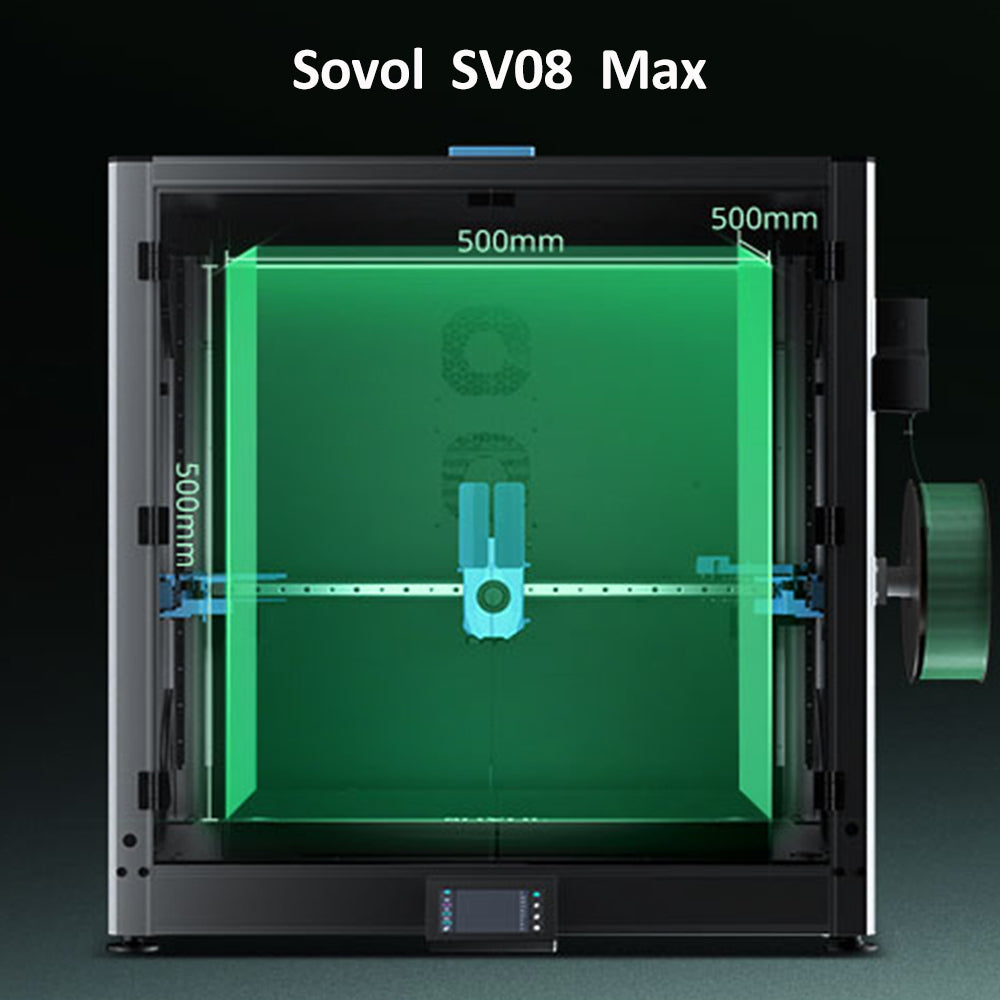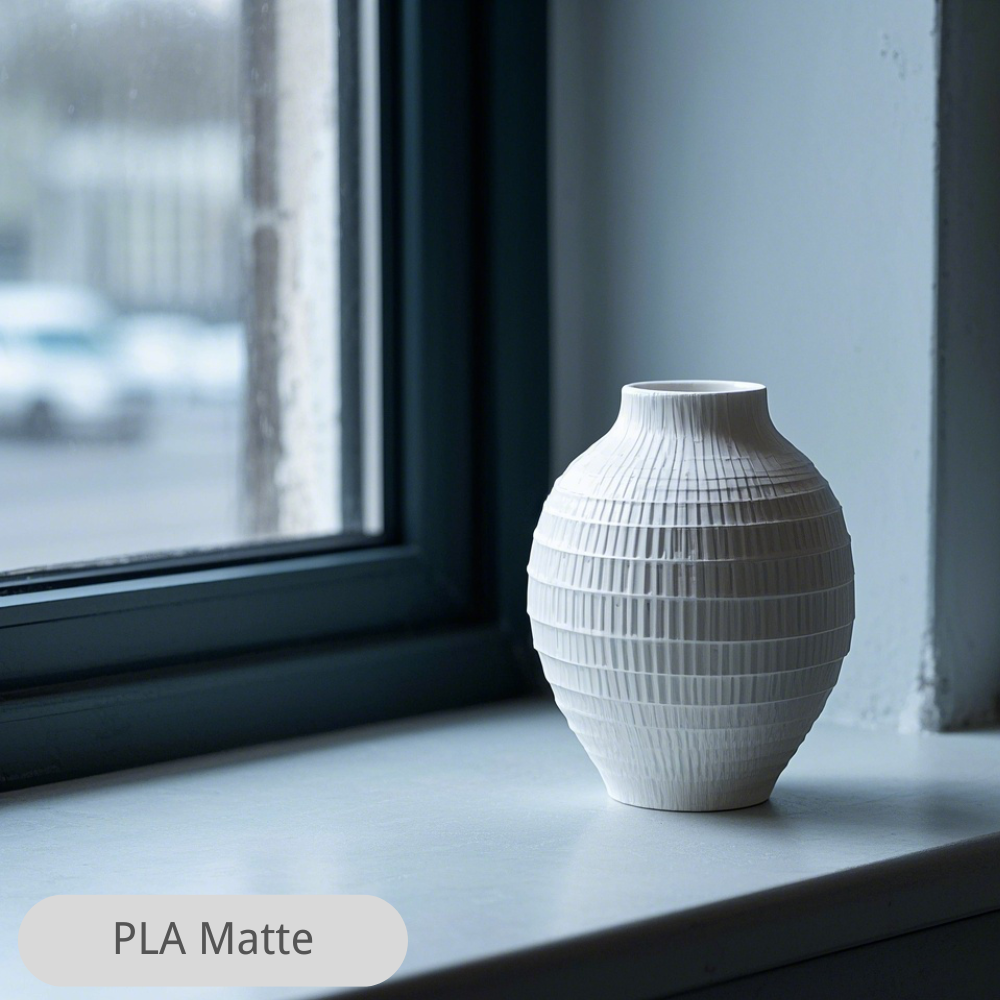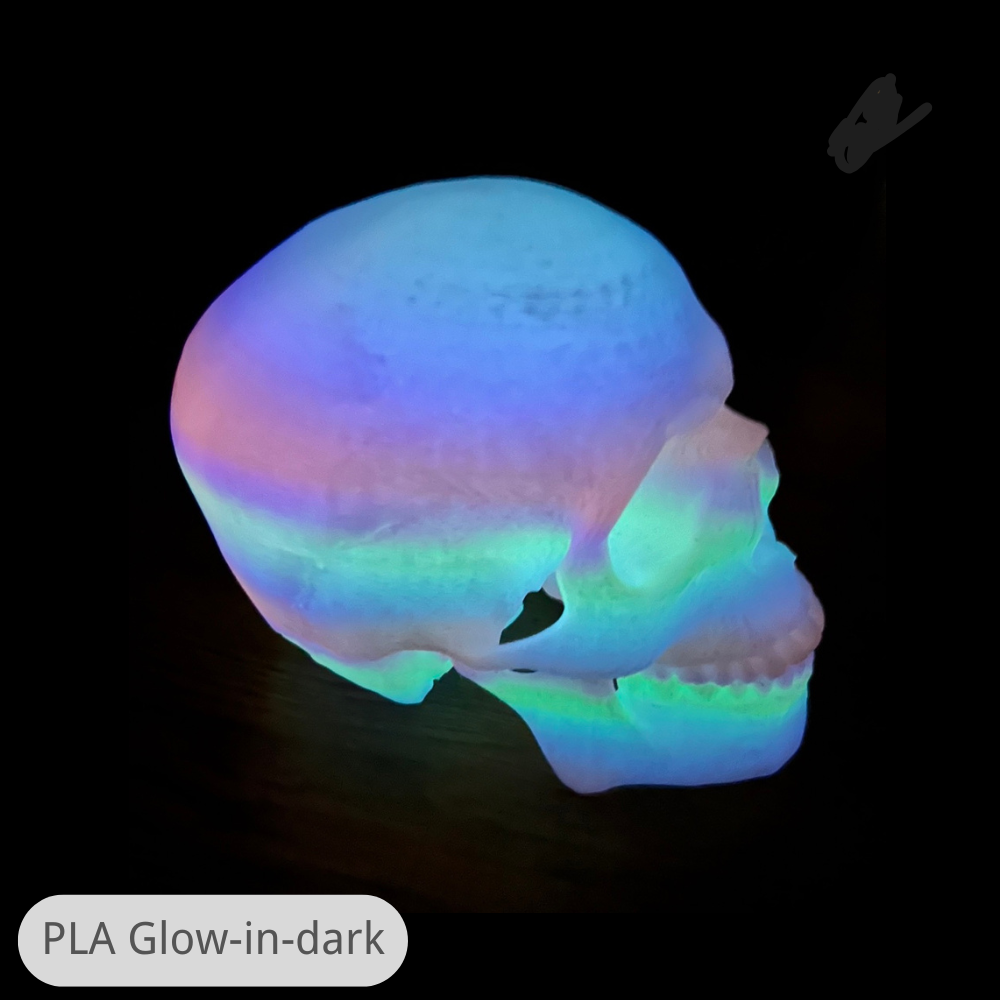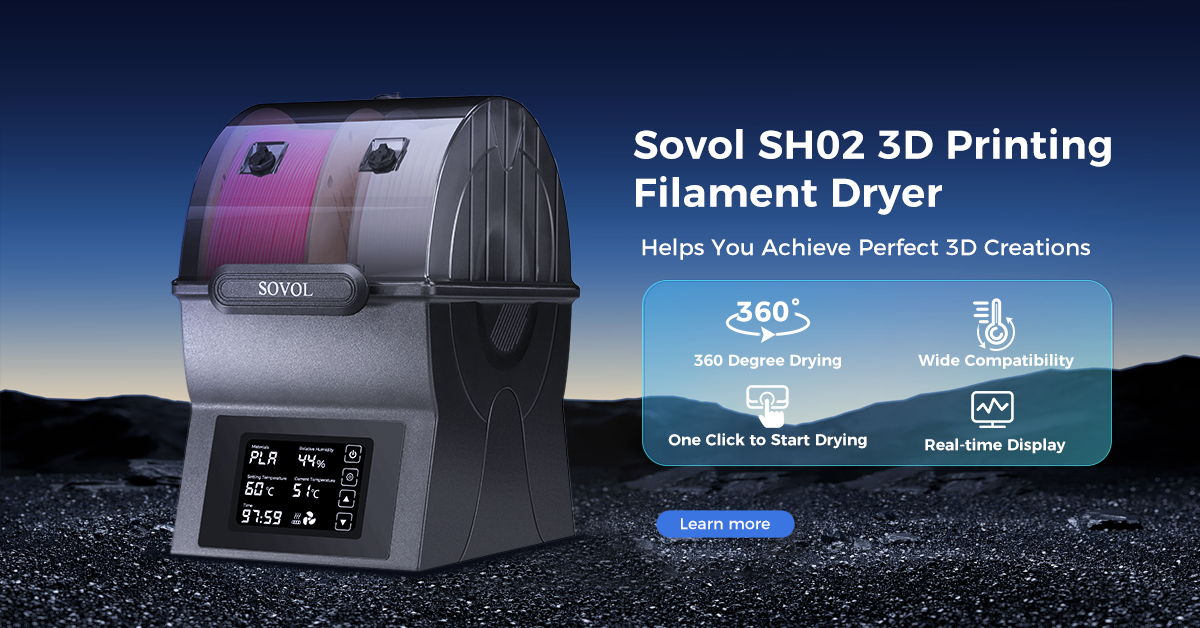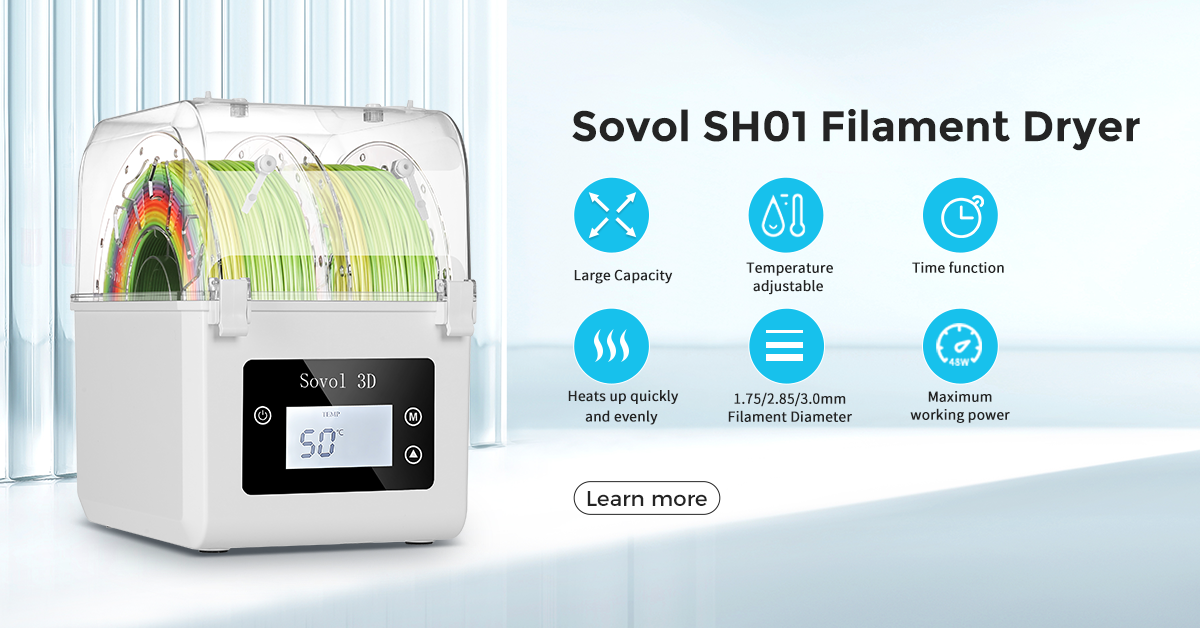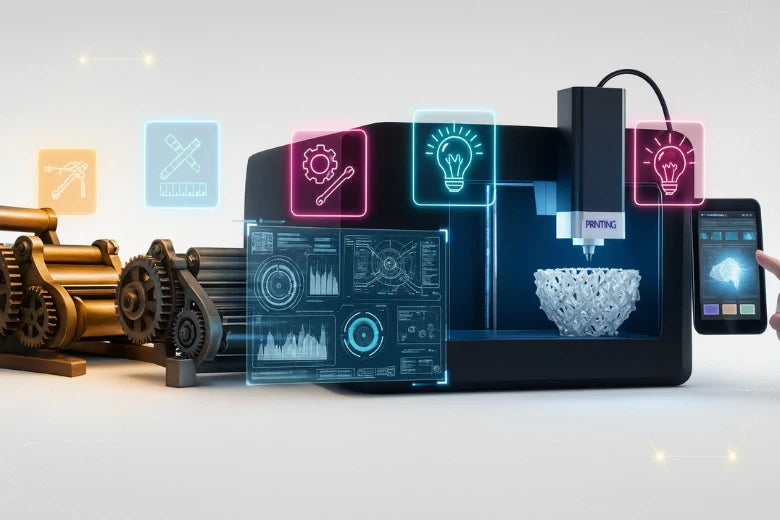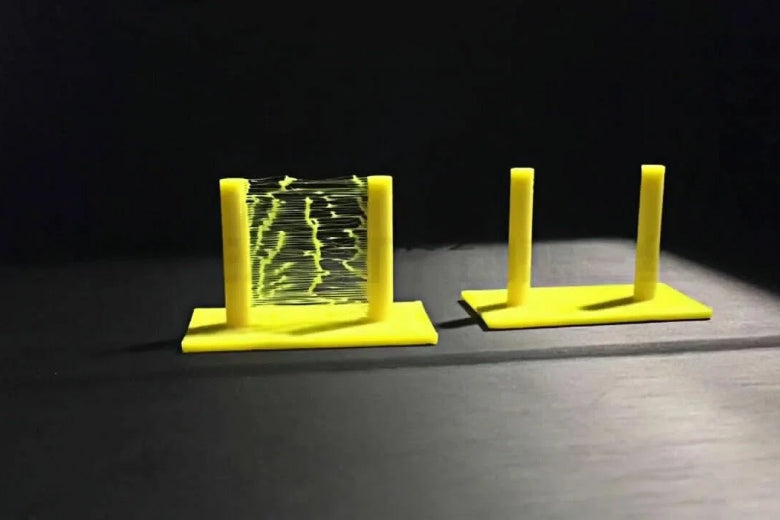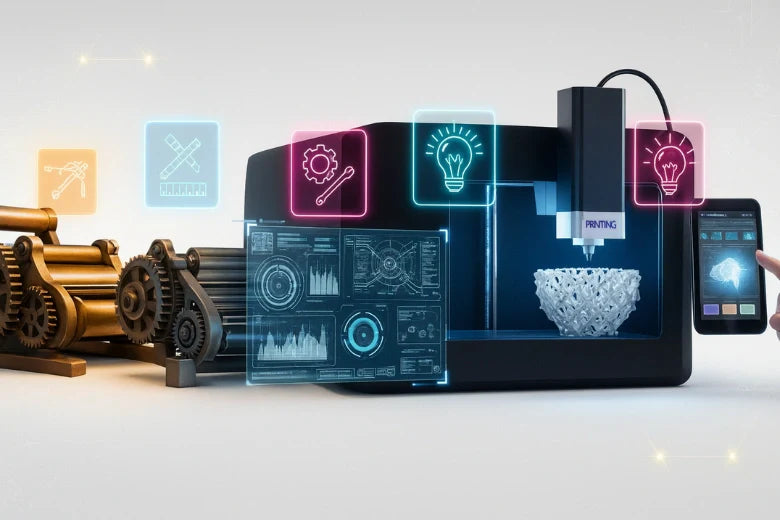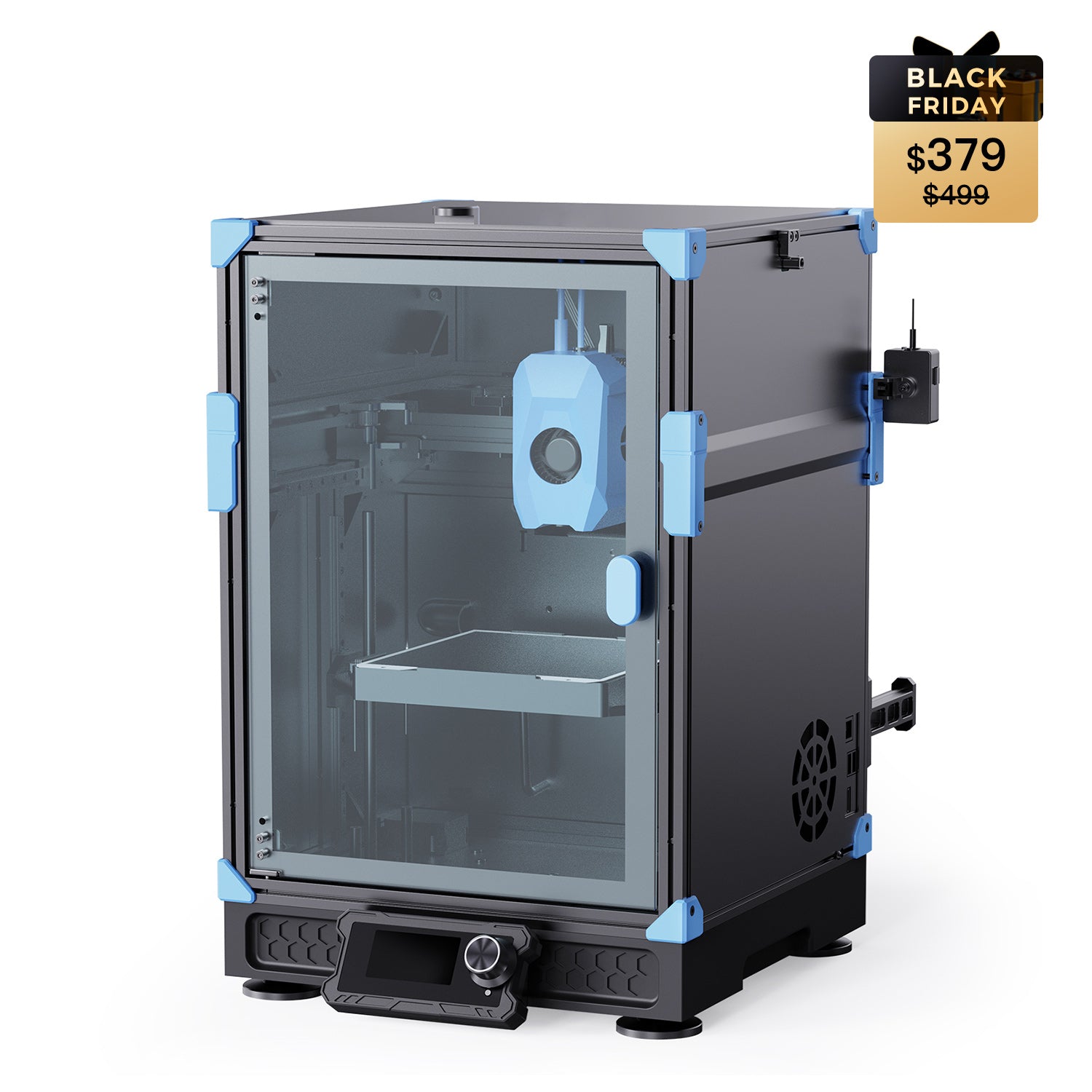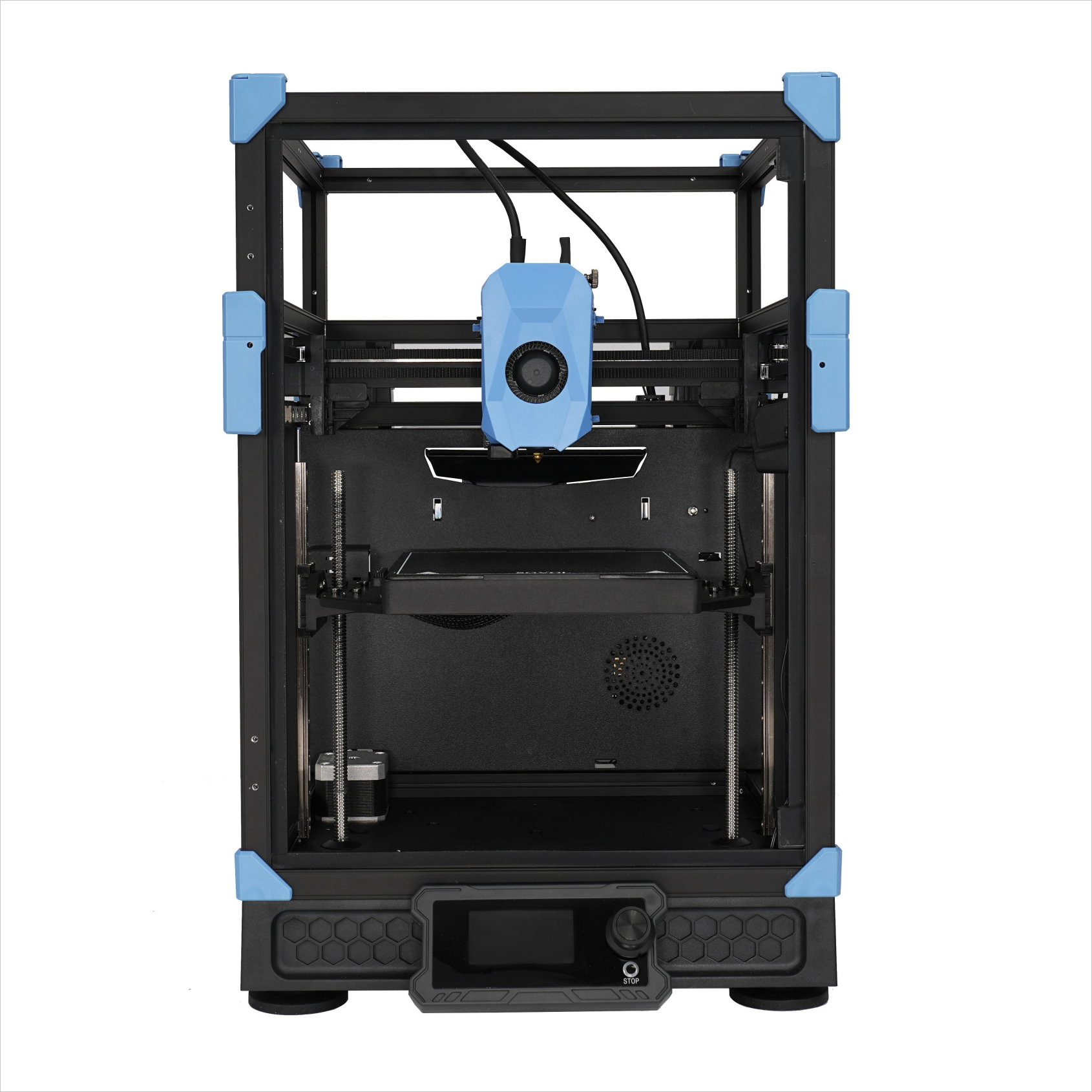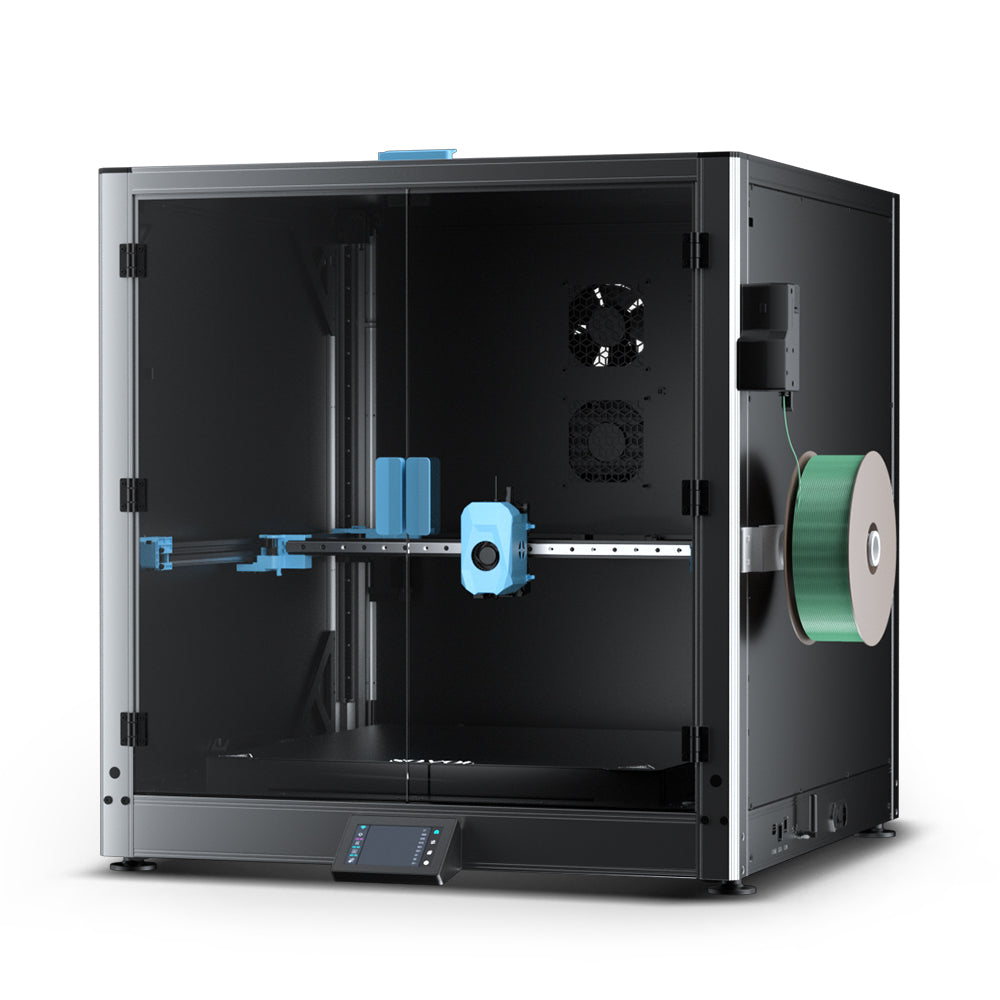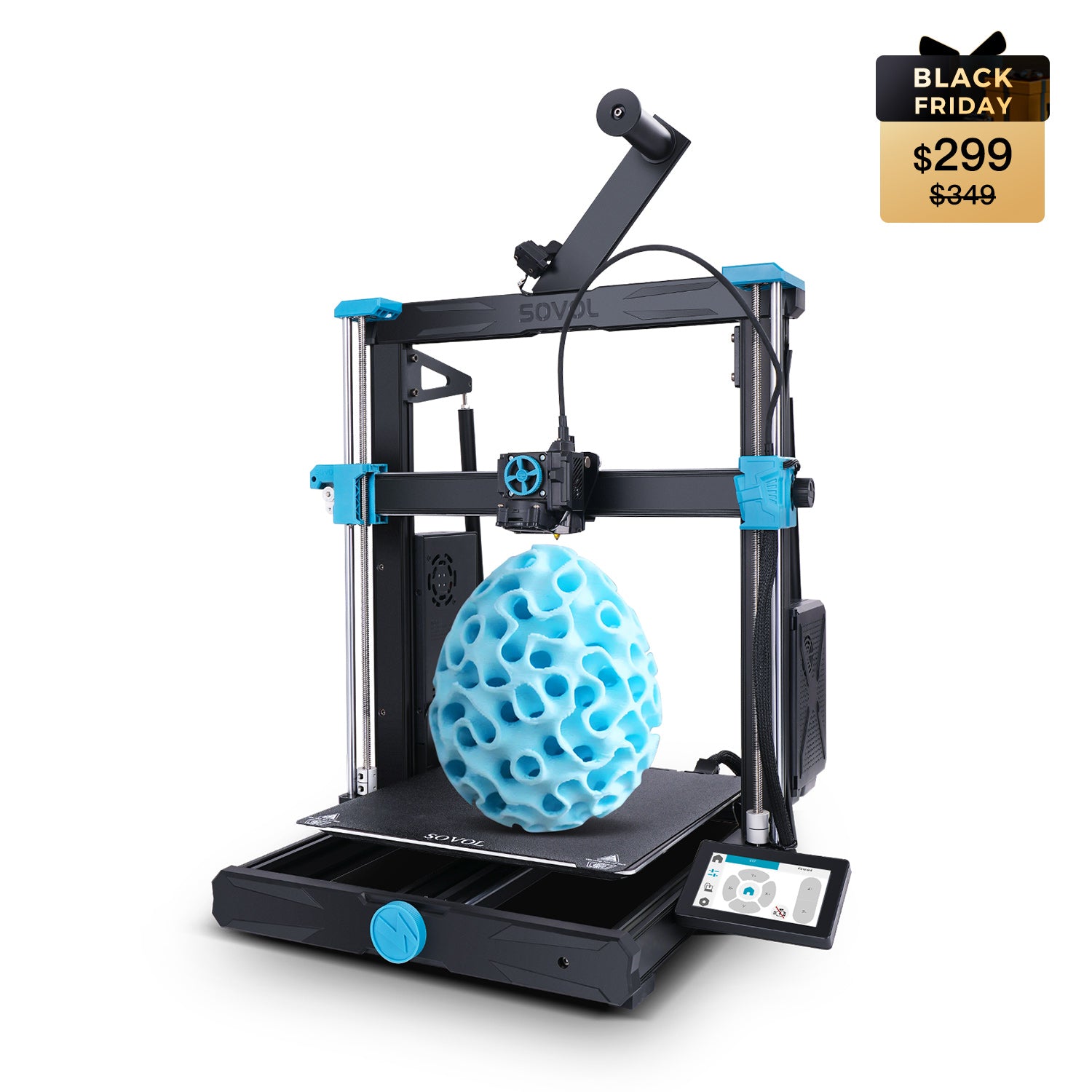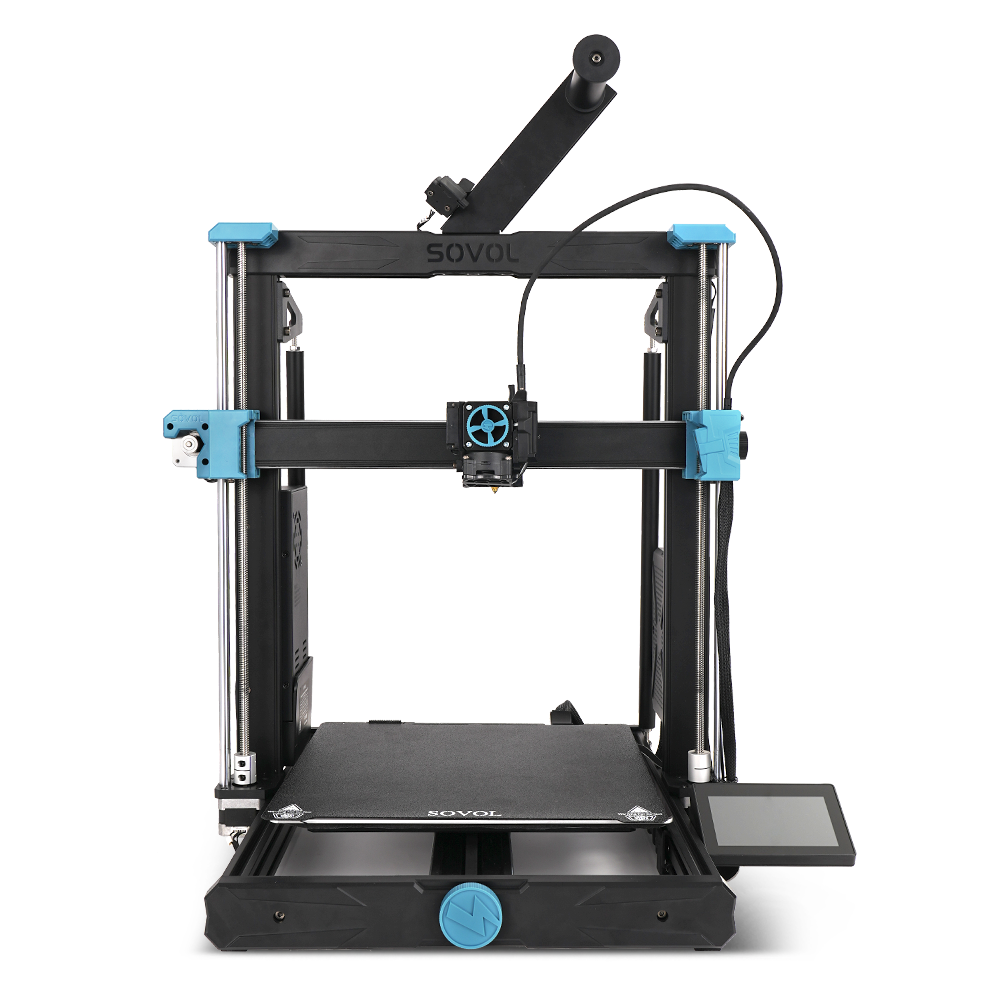Have you ever wondered how 3D printing has moved from an expensive, exclusive process to a tool you might find in homes and classrooms? Today, 3d printing technology shapes industries and daily life. The numbers reveal its rapid rise:
|
Statistic |
Value |
|---|---|
|
2.152 million units |
|
|
Estimated global 3D printer sales for 2024 |
> 4.5 million units |
|
Anticipated market size of additive manufacturing by 2026 |
$37.2 billion |
|
Percentage of businesses using 3D printing for prototyping |
68% |
You can see how the average price of a 3D Printer dropped from $300,000 in 1984 to just $400 by 2021. This shift has made 3d printing accessible to more people than ever. Understanding this journey helps you appreciate the impact and future of this remarkable technology.
Key Takeaways
- 3D printing has evolved from a costly process to an accessible technology, with global sales expected to exceed 4.5 million units in 2024.
- Early innovators like Dr. Hideo Kodama and Chuck Hull laid the groundwork for modern 3D printing, introducing key processes like stereolithography.
- Advancements in 3D printing methods, such as SLA and FDM, allow for rapid prototyping and functional parts, catering to various industry needs.
- 3D printing is now integral to manufacturing across sectors, enabling customization, reducing waste, and speeding up production.
- The future of 3D printing promises further innovations, including sustainable practices and new business models, reshaping how we create and consume products.
3D Printing History and Early Innovations
Concept Origins and Early Experiments
You might think 3d printing is a recent invention, but the roots of this technology stretch back decades. Early ideas appeared in science fiction and patent filings long before the first 3d printer came to life.
- In the 1940s, Murray Leinster wrote about a device using "magnetronic plastics" to fabricate objects, hinting at the future of additive manufacturing.
- Raymond F. Jones, in 1950, imagined a "molecular spray" that could create items from scratch.
- Johannes F Gottwald patented the Liquid Metal Recorder in the 1970s, describing a method that used metal powder and inkjet techniques.
These early concepts show that the vision for 3d printing history began with creative minds who saw the potential for machines to build objects layer by layer.
Dr. Hideo Kodama and the First Prototypes
You can trace the first real steps in additive manufacturing to Dr. Hideo Kodama in the early 1980s. Kodama developed a rapid prototyping system that used resin and ultraviolet light to build solid models one layer at a time.
- His system relied on photopolymers, which hardened when exposed to UV light.
- Each layer matched a cross-section of the final object, allowing for precise construction.
- Kodama filed for a patent, but financial challenges prevented him from completing the process, so his invention never reached commercialization.
Dr. Kodama's patent application marks a turning point in 3d printing history. He described stereolithography, a process that would become central to additive manufacturing. Although his work did not result in a commercial product, it laid the groundwork for future breakthroughs and inspired other inventors.
Kodama’s approach set the stage for the techniques that Charles Hull later popularized, showing how early innovation can shape an entire industry.
Chuck Hull and the First 3D Printer
You see the next leap in the history of 3d printing with Chuck Hull’s invention. In 1983, Hull created the first 3d printed part using stereolithography, a process that builds objects layer by layer with UV light and photopolymer materials.
|
Feature/Innovation |
Description |
|---|---|
|
Invention of Stereolithography |
Creates 3D objects layer by layer using UV light and photopolymer materials. |
|
First 3D Printed Part |
Produced in 1983, marking the start of practical 3d printing technology. |
|
SLA-1 Printer |
Launched in 1987, the first commercial 3d printer using UV-curable materials. |
|
Impact on Industries |
Revolutionized rapid prototyping and direct manufacturing in automotive, aerospace, and medical. |
Hull’s work did not stop at invention. He founded 3D Systems in 1986, which brought the SLA-1 printer to market. This event marked the beginning of the commercial 3d printer industry.
- The launch of the SLA-1 made rapid prototyping possible for engineers and designers.
- 3D Systems paved the way for new technologies and applications in additive manufacturing.
- The impact spread quickly, with industries such as automotive and aerospace adopting 3d printing for faster development and production.
You can see how these early innovators shaped the path for modern 3d printing. Their ideas and inventions turned science fiction into reality, making it possible for you to use a 3d printer today.
Breakthroughs in 3D Printing Technology
Stereolithography (SLA) and FDM
You can trace the first major breakthroughs in additive manufacturing technologies to the development of stereolithography (SLA) and fused deposition modeling (FDM). Both methods emerged in the 1980s, but each uses a different approach to create parts. SLA uses a laser to cure liquid resin, building objects layer by layer. FDM works by extruding melted thermoplastic filament through a heated nozzle, depositing the material in layers that fuse as they cool.
SLA and FDM changed how you approach rapid prototyping. Designers and engineers could create physical models quickly, test ideas, and refine products before full-scale production.
The commercialization of 3d printing technology began in 1988 when 3D Systems released the first SLA machine. This innovation allowed you to produce prototypes with complex shapes and fine details. Shortly after, Stratasys introduced FDM, which offered a more affordable option. FDM parts have lower resolution, but the thermoplastics used are closer to end-use materials. This made FDM attractive for functional prototyping and early product validation.
You can compare the main technical differences between SLA and FDM in the table below:
|
Feature |
FDM |
SLA |
|---|---|---|
|
Materials |
Thermoplastic filaments |
Liquid photopolymer resins |
|
Resolution |
Lower detail, rougher finish |
Higher detail, smoother finish |
|
Post-processing |
Support removal |
Washing and post-curing |
|
Applications |
Prototyping, functional parts |
High-detail models, jewelry |
- FDM lets you create sturdy prototypes for testing.
- SLA gives you smooth, detailed models for visual presentations or intricate designs.
These technological advancements expanded the capabilities of additive manufacturing technologies. You could now choose the method that best fit your needs, whether you wanted a quick functional part or a highly detailed model.
Selective Laser Sintering (SLS) and New Methods
You see another leap in additive manufacturing technologies with the arrival of selective laser sintering (SLS). SLS uses a laser to fuse powdered material, such as nylon or metal, layer by layer. This process enables you to create complex geometries without support structures, which improves efficiency and surface quality.
- SLS is more suitable for industrial applications that require durability and precision.
- You can produce reliable, long-lasting parts with SLS, making it ideal for manufacturing.
- SLS reduces time and costs while delivering high-quality surfaces with minimal cleanup.
While SLA offers better aesthetics, SLS is preferred for parts that need to withstand stress and wear. Compared to FDM, SLS provides greater strength and accuracy, which is important for industries like automotive and aerospace.
As additive manufacturing technologies evolved, new methods emerged. Direct Metal Laser Sintering (DMLS) allowed you to print metal parts for aerospace and medical applications. FDM became popular in consumer markets, making 3d printing accessible to more people.
|
3D Printing Method |
Industries Adopted |
|---|---|
|
Direct Metal Laser Sintering (DMLS) |
Aerospace, Medical |
|
Fused Deposition Modeling (FDM) |
Consumer Markets |
You can see how these breakthroughs in 3d printing technology transformed additive manufacturing. You gained the ability to produce prototypes, functional parts, and even end-use products with greater speed and flexibility. These technological advancements opened new possibilities for design, manufacturing, and innovation.
3D Printer Expansion and Industry Adoption
From Prototyping to Manufacturing
You have seen 3d printing move far beyond its early days as a tool for rapid prototyping. Today, you can find additive manufacturing in full-scale production across many industries. Companies now use 3d printer systems to create finished products, not just models or test parts. This shift has changed how you think about manufacturing.
- The fashion industry uses 3d printing to produce unique designs and personalized fits, showing how additive manufacturing technology supports full-scale production.
- In consumer goods, you see 3d printers making customized electronics and bespoke furniture, making manufacturing more flexible and cost-effective.
- Industry leaders agree that 3d printing is no longer just for prototyping. It now plays a key role in hybrid manufacturing, blending traditional and digital methods.
You benefit from faster production and lower costs. On-demand production lets you create items where and when you need them, reducing lead times and shipping. Companies can bring products to market faster, giving them a competitive edge. You also see less material waste, lower labor costs, and more customization—all thanks to additive manufacturing.
Consumer 3D Printers and Market Growth
You have more access to 3d printers than ever before. The market for consumer-grade 3d printers reached about 1.2 billion USD in 2024. Experts predict strong growth, with the market expected to hit 5.53 billion USD by 2033 and a compound annual growth rate of 18.5% from 2026 to 2033.
Several factors have made desktop 3d printers more accessible:
- Affordability: Lower prices mean you, your school, or your small business can own a 3d printer.
- DIY and maker culture: Online communities help you learn and share projects, making 3d printing more popular.
- User-friendly software: Simple interfaces encourage you to experiment and create.
- Customization trends: You can design and print unique items at home, meeting your personal needs.
You now play an active role in the world of additive manufacturing, whether you use a 3d printer for learning, business, or creativity.
Modern 3D Printing Applications
Medical, Automotive, and Aerospace Uses
You see 3d printing transforming healthcare, automotive, and aerospace industries. Hospitals now use 3d printer technology to create patient-specific organ models. These models help surgeons plan procedures and improve outcomes. You find that 3d printing has changed bone and cartilage restoration, making treatment for musculoskeletal injuries more effective. Customized prosthetics give hope to people in developing countries. Thousands of implants are produced each year, and research continues to expand patient-specific solutions.
The number of hospitals with in-house 3d printing facilities grew from just 3 in 2010 to 113 in 2019. The FDA has approved hundreds of medical products made with 3d-printable materials, showing the growing trust in this technology.
In the automotive and aerospace sectors, you benefit from faster prototyping and reduced costs. Companies use 3d printing for custom tooling and lightweighting, which improves fuel efficiency and reduces emissions. You see digital inventories replacing large warehouses, saving space and money. Bugatti and Audi use 3d printing for custom brake calipers and dashboard trims.
|
Application |
Benefits |
|---|---|
|
Prototyping |
Faster iterations, reduced costs, increased precision |
|
Custom Tooling |
Eliminates tooling costs, enables complex geometries |
|
Lightweighting |
Improves fuel efficiency, reduces emissions |
|
Legacy Parts |
Digital inventory reduces warehouse size and operating expenses |
|
Aerospace Components |
Produces lighter, stronger parts, consolidates multiple components |
Consumer Products and Everyday Impact
You experience the impact of 3d printing in your daily life. Edible 3d-printable materials like chocolate and cookie dough allow you to create intricate desserts. Musicians use 3d printing to make violins and flutes, showing the versatility of 3d-printable materials. You can print everyday items such as trash cans and cup holders at home.
You see 3d printing applications in personalized products. Eyewear companies let you scan your face to create custom frames. Shoe brands use 3d printing in construction to tailor shoes to your foot shape, improving comfort and performance. In the automotive industry, you can order unique vehicle parts, making customization affordable.
3d printing in construction and 3d printing in architecture are changing how you design and build. You can create complex structures with less waste and more creativity.
You find that 3d printing applications continue to grow. The technology gives you more control over product design and customization. You can choose from a wide range of 3d-printable materials, making innovation accessible to everyone.
The Future of 3D Printing
Emerging Technologies and Research
You stand at the edge of a new era for 3d printing technology. Researchers and companies continue to push boundaries, making additive manufacturing more powerful and versatile. You see advancements in multi-material fabrication, automated post-processing, and digital inventory systems. These improvements help you move from prototyping to full-scale production with less waste and shorter lead times.
|
Technology Area |
Key Advancements |
|---|---|
|
Manufacturing |
Seamless transition to production, multi-material fabrication, automated post-processing, digital inventory |
|
Automotive |
On-demand tools, niche customization, high-detail metal components |
|
Construction |
Large-format printing, integrated materials, sustainability initiatives |
|
Aerospace |
Enhanced performance, reduced hardware weight |
|
Robotics and AI Integration |
Hybrid manufacturing lines, electronics integration |
You notice institutions like the University of Maine leading the way. Their Factory of the Future 1.0 printer supports sustainable manufacturing and affordable housing. Companies such as Abbott use 3d printing for patient-specific medical devices, working with partners like Wake Forest Institute for Regenerative Medicine.
|
Institution |
Advancement Description |
Impact Areas |
|---|---|---|
|
University of Maine (UMaine) |
Large-scale 3D printer, Factory of the Future 1.0 |
Sustainable manufacturing, housing, energy, security |
|
Abbott |
Patient-specific medical devices, bioabsorbable heart support device |
Healthcare, medical innovation |
Societal and Industrial Prospects
You will see the future of 3d printing reshape society and industry. Experts predict new business models and policy changes. You gain more access to manufacturing, which brings new opportunities and challenges. Strategic planning becomes essential as industries adapt to these changes.
|
Projection |
Description |
|---|---|
|
1 |
New business models will emerge |
|
2 |
Policy adaptations will be necessary |
|
3 |
Societal changes will occur due to increased accessibility |
|
4 |
The future impact remains uncertain |
|
5 |
Strategic planning will be essential |
You benefit from supply chain transformation. Part consolidation lowers sourcing costs. On-demand production reduces inventory and storage needs. Decentralized production increases resilience. Sustainability improves as you reduce waste and excess production.
- Deutsche Bahn cut manufacturing costs by 80% and production time by 75% using 3d printing for fixtures.
- Daimler Buses identified 2,600 spare parts for on-demand production, saving money.
- Deutsche Bahn produced its 100,000th 3d-printed spare part, showing scalability.
You play a role in shaping the future of 3d printing. As technology evolves, you will see more sustainable, efficient, and accessible solutions in your daily life.
You have witnessed the journey of 3d printing through key milestones:
- 1980 – Dr. Kodama’s UV resin process
- 1986 – Chuck Hull’s stereolithography patent
- 1987 – SLS by Carl Deckard
- 1988 – First commercial printer
- 1989 – FDM by Stratasys
- 1999 – First 3D-printed organ
- 2005 – RepRap Project
- 2011 – 3D-printed aircraft and car
- 2020 & beyond – Ongoing transformation
|
Industry |
Impact |
|---|---|
|
Healthcare |
Medical breakthroughs, custom prosthetics, organ replication |
|
Automotive |
Mass customization, reduced waste, efficient production |
|
Aerospace |
Lightweight structures, improved fuel efficiency |

You see how these advances shape your world. What new possibilities will the next wave of innovation unlock for manufacturing and design?
FAQ
What materials can you use in 3D printing?
You can print with plastics, metals, ceramics, and even food. Most home printers use PLA or ABS plastic. Industrial machines work with titanium, nylon, and composite materials.
How safe is it to use a 3D printer at home?
You should follow safety guidelines. Ventilate your workspace. Avoid touching hot parts. Supervise young users. Most desktop printers are safe when you use them correctly.
How long does it take to print an object?
Printing time depends on size, complexity, and printer type. Small items may take less than an hour. Large or detailed models can take several hours or even days.
Can you recycle 3D printed objects?
You can recycle some 3D printed plastics like PLA and ABS. Specialized machines grind old prints into new filament. Always check local recycling rules before disposing of materials.



